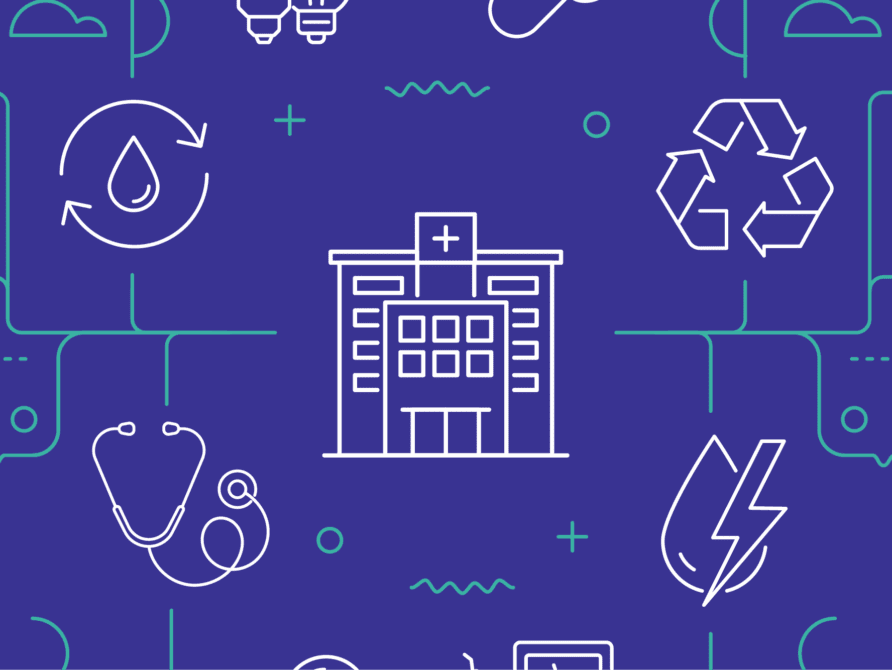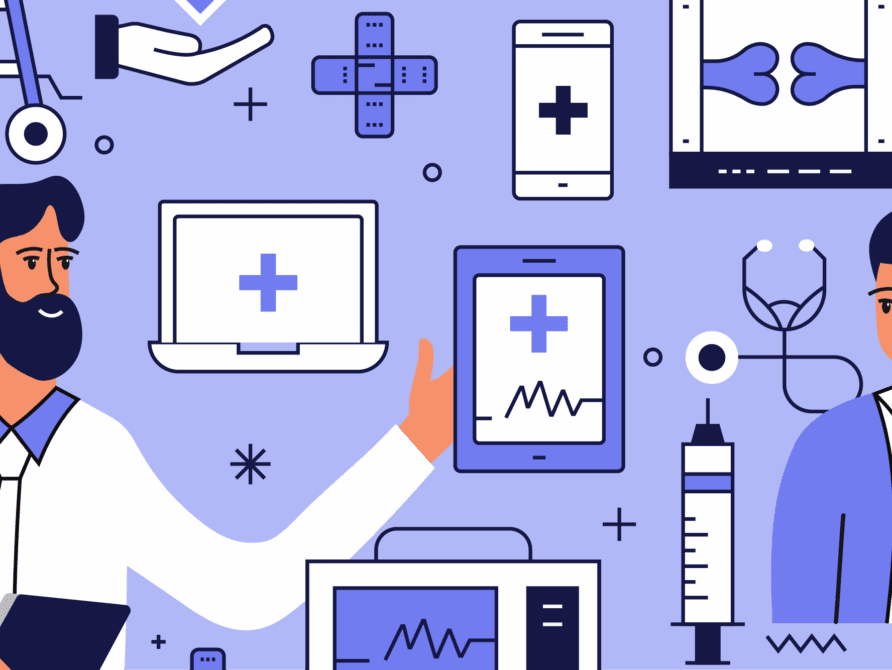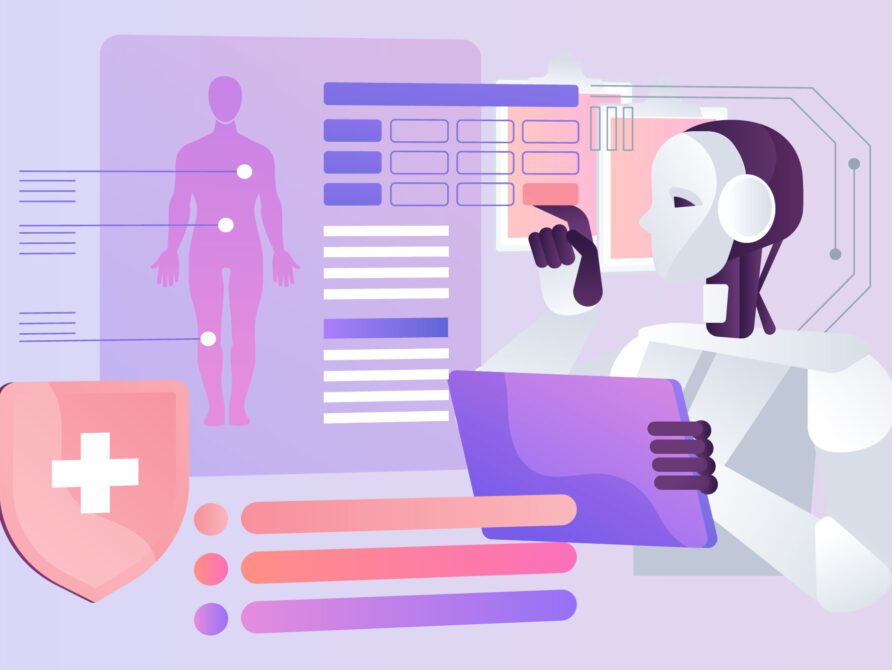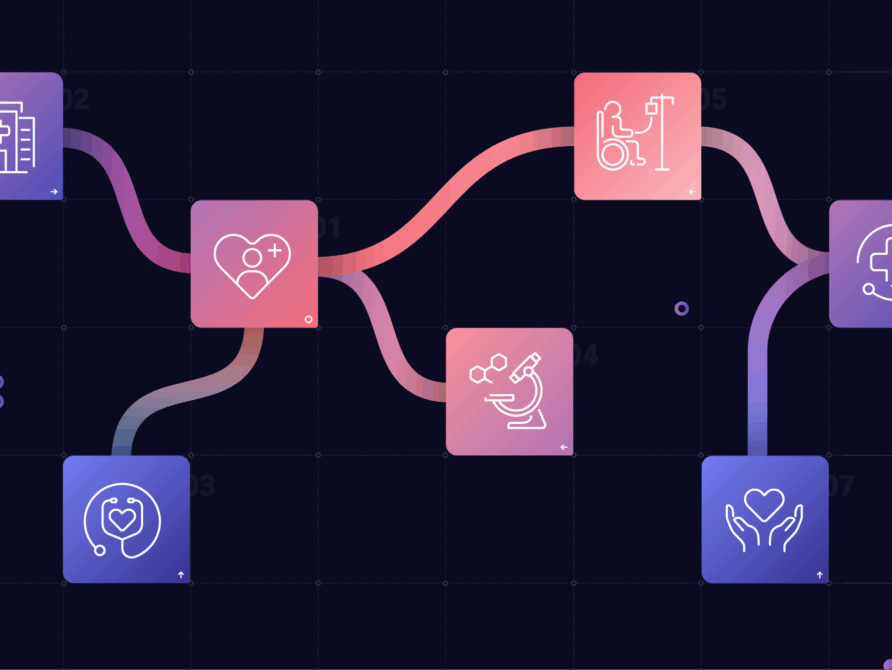Article
Telepharmacy and its potential ROI for hospital and healthcare systems
* This content was originally published prior to N. Harris Computer Corporation’s 2022 acquisition of the Allscripts Hospital and Large Physician Practice business segment. Our business is now known as Altera Digital Health.
Telehealth is a big trend in healthcare, but have you heard about telepharmacy? It is a subset of the wider phenomenon of telemedicine. As follow up my last blog post on telehealth, I decided to do a deep dive into an aspect of the non-patient-facing telehealth industry, telepharmacy.
What is telepharmacy?
The American Society of Health-System Pharmacists (ASHP) defines telepharmacy as a method used in pharmacy practice in which a pharmacist utilizes telecommunications technology to oversee aspects of pharmacy operations or provide patient-care services.
According to the ASHP, telepharmacy operations and services may include, but are not limited to:
- Drug review and monitoring
- Dispensing
- Sterile and nonsterile compounding verification
- Medication therapy management (MTM)
- Patient assessment
- Patient counseling
- Clinical consultation
- Outcomes assessment
- Decision support
- And drug information
An expert: Patrick Romanick, RPh
I recently had the opportunity to discuss telepharmacy and its potential ROI for hospital and healthcare systems with PipelineRx Solutions Director Patrick Romanick, RPh.
Patrick has 34 years of clinical pharmacy experience in all areas of pharmacy, including hospital, retail, long-term care, home infusion, informatics and specialty compounding. As PipelineRx Solutions Director, he consults with healthcare organizations on how telepharmacy solutions can meet their clinical, operational, financial and technical objectives. He also assists product management with research, strategy and development of future functionality.
How has telepharmacy changed in the past decade?
Patrick: Technological advances now enable the connection of caregivers and patients directly to pharmacists in any care situation. Remote pharmacists may communicate with hospital or clinic staff as part of the patient-facing care team. Remote processing of inpatient medication orders has also improved dramatically, providing an efficient mechanism for these somewhat straightforward yet time consuming pharmacy tasks.
For example, at PipelineRx, our pharmacy systems are able to span multiple electronic health records systems (EHRs) with one user interface, which maximizes remote pharmacist efficiency. This, in turn, can cut medication verification, processing and profiling time by up to 75% with no degradation of quality.
Telepharmacy is not only being used after-hours. It can be used 24/7 for planned or unplanned leaves or storm coverage across all departments and specialties. We are also experiencing an increase in daytime and peak time coverage to allow in-house staff to participate on care teams and focus on clinical initiatives that have long been overlooked. The result is that onsite pharmacists spend more time working at the top of their license.
The demographics of telepharmacy are also changing to include all care settings in any location. Telepharmacy is becoming more mainstream, as all 50 states have adopted telepharmacy regulations. PipelineRx currently supports organizations in 47 states and Canada, and some larger IDNs are operating their own telepharmacy programs using our technology to maximize efficiencies and coverage.
Are there different financial pressures on healthcare organizations related to pharmacy services?
Patrick: Yes. Healthcare organizations are seeing pressure to manage at-risk populations, reduce readmission rates and to perform health monitoring to name a few. Organizations are beginning to realize the value of remote communications to reach more patients, including via video technology.
Can telepharmacy provide a positive ROI for healthcare organizations?
Patrick: Telepharmacy can decrease hospital pharmacy labor costs by up to 50%. But the true ROI will be seen due to re-purposing of pharmacists to engage with patients and clinical staff rather than workforce reduction.
Utilizing remote pharmacists to perform medication processing and verification, for instance, enables hospitals to maximize the capabilities of their in-house pharmacists for special projects that may require local expertise and true face-to-face communication. These projects can include opioid reduction, antimicrobial stewardship and discharge management.
That being said, new technologies are exploring the delivery of discharge meds to the bedside via robot. This utilizes remote pharmacists to provide medication counseling via video technology at the time of delivery prior to discharge.
How are patient’s engaged after discharge?
Patrick: Cloud-based telepharmacy technology can provide the remote pharmacist with a full medical history that spans health systems. Preparation of patients before discharge, real-time benefits checking, patient-specific medication education provided by a pharmacist at the bedside and at home, and after discharge follow up all afford the potential to decrease readmissions and to drive population health medication adherence and compliance.
How do you know if a patient is taking their medications at home?
Patrick: Connected pill box devices are being piloted that record when a patient has opened a medication container and removed a medication. If doses are missed or a refill is needed, the telepharmacist can intervene using many modalities.
Do you have any metrics that you can share?
Patrick: PipelineRx processes 20 million orders a year within 500 hospitals and working with 800 clinicians.
What other benefits of telepharmacy would you like to mention?
Patrick: As we speak of clinician burden, the pharmacist’s role is often overlooked. Telepharmacy is a good model for pharmacists who wish to work from home thus changing the model of the typical pharmacist role and enabling a better work-life balance for many pharmacists.
Thank you to Patrick for providing an insightful perspective on telepharmacy and its potential ROI for hospital and healthcare systems.
Learn more about the role of telepharmacy here.













